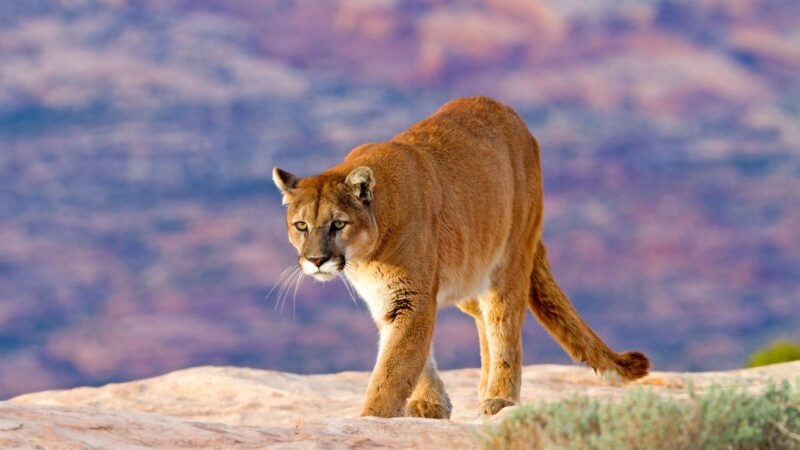Colorado is home to a thriving population of mountain lions, also known as cougars or pumas. These majestic big cats can be found throughout the state, from the rugged peaks of the Rocky Mountains to the forests and canyons of the western slope. Mountain lions are solitary and elusive creatures, making them a rare sight for most residents and visitors.
Despite their elusive nature, Colorado’s mountain lion population has been steadily increasing in recent years. Conservation efforts, such as habitat protection and wildlife corridors, have helped to ensure a healthy population of these apex predators in the state. However, the growing human population and development in Colorado also pose challenges for the coexistence of humans and mountain lions.
The estimated population of mountain lions in Colorado is around 4,000 individuals. These big cats play a crucial role in maintaining a balanced ecosystem by controlling the population of prey species, such as deer and elk. They are also a keystone species, meaning that their presence has a significant impact on the overall health of the ecosystem.
Mountain lions primarily prey on deer, elk, and other small mammals, but they have been known to occasionally target livestock or pets. Conflicts between mountain lions and humans are rare, but they can occur in areas where development encroaches on their natural habitat. Conservation organizations and state wildlife agencies work to educate the public on how to safely coexist with these magnificent predators.
As Colorado’s human population continues to grow, it is important to strike a balance between conservation efforts and human development to ensure the long-term survival of mountain lions in the state. By protecting their habitat and implementing strategies to reduce conflicts with humans, we can help to preserve Colorado’s mountain lion population for future generations to enjoy.
In conclusion, Colorado’s mountain lion population is a vital component of the state’s diverse ecosystem. Through conservation efforts and responsible management, we can ensure that these magnificent predators continue to thrive in their natural habitat for years to come.
